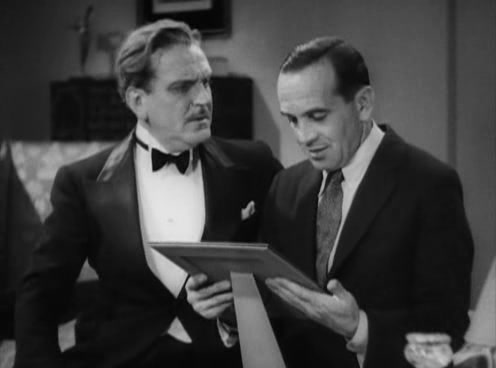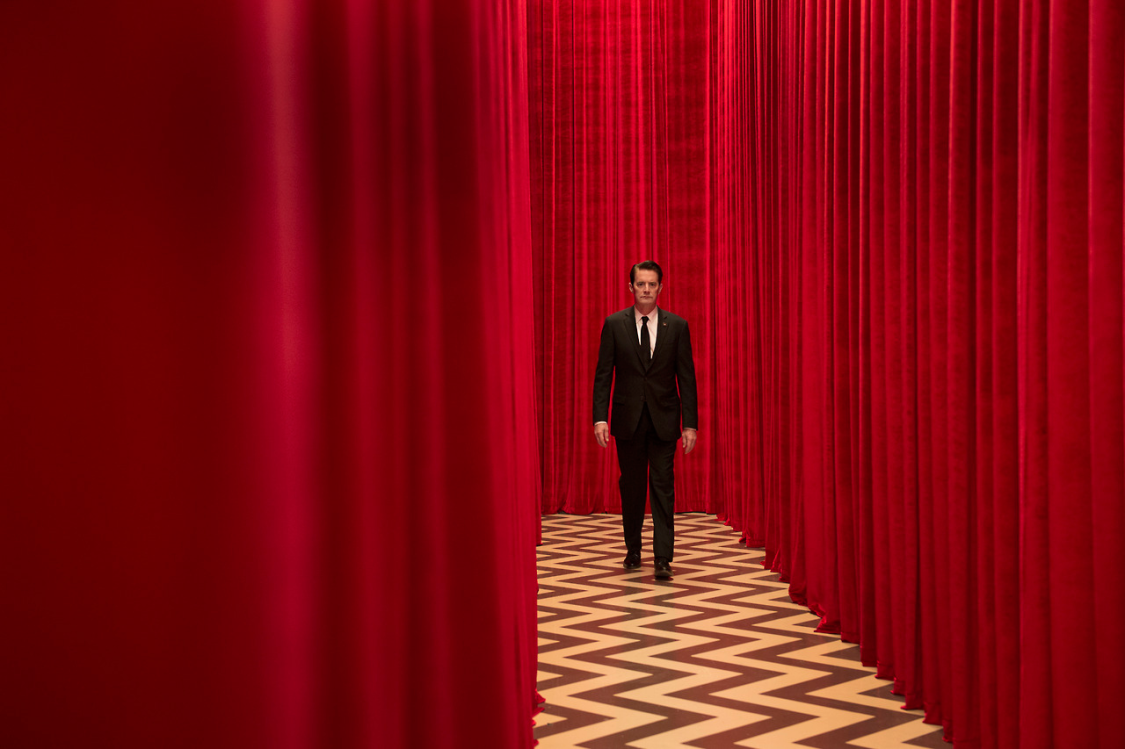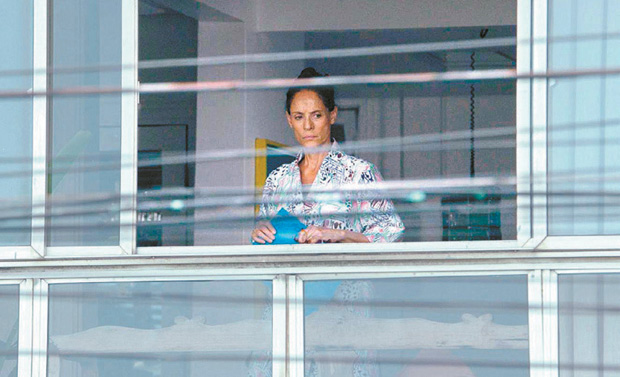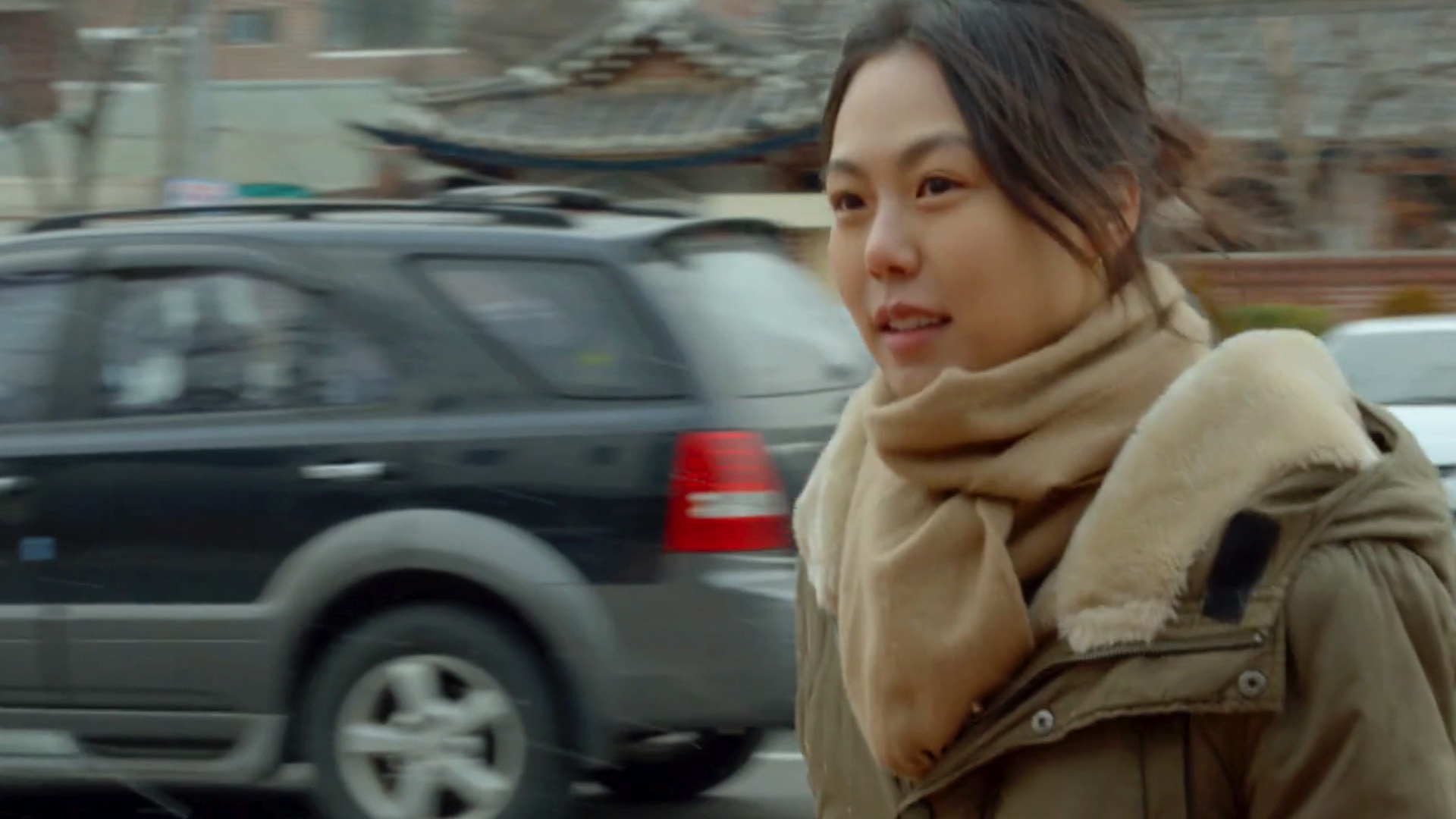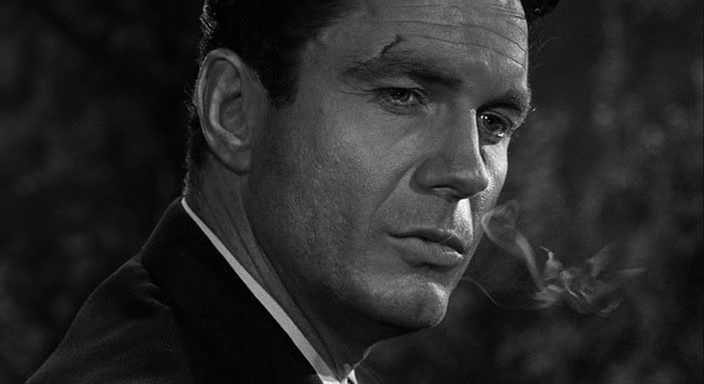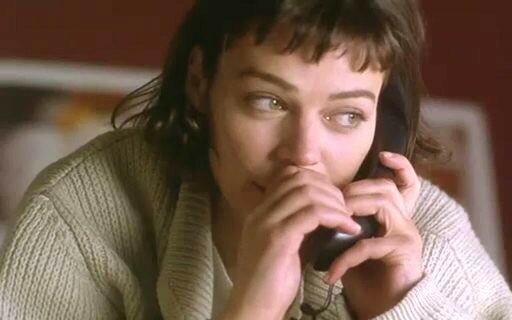4/22/17 I watched James Gray's The Lost City of Z. The film of Gray that has impressed the most so far is also the most revealing. Treading in this territory is dangerous stuff. How do you not immediately beg comparison to Apocalypse Now and Aguirre? You don't. What Gray does though is blend the epic and the chamber and in that way it feels different. Herzog and Coppola's film were both always operating on a large canvas and their egos and talents had no problem sustaining an epic scope for their duration. Gray's film fits what is seemingly his personality, something that is more cerebral and more measured than Herzog and Coppola. What is most striking is that I have long known that Gray reveres the work of Coppola but never have I noticed their differences more than now. Not only is Gray far more humble but he also struggles to reach the emotional shape of Coppola's best work. I felt watching The Lost City that everything was of one piece - Ravel's music could not have been more perfect, sophisticated, difficult themes were borne out, Khondji's work seemed right (even if I have never been a huge fan of his) but Gray has trouble reaching the emotional heights of Coppola. Lost City is an unusually ambitious and well executed American film in this current environment but without the emotional resonance of the films he most admires, it is difficult to call it great.
10/28/17 I watched Susan Lacy's Spielberg. I have never considered myself a huge fan of the filmmaker but realized I do like more of his work than I remembered, including Munich and A.I. I don't think Lacy goes all that deep, but I don't think Spielberg really allows someone to go there.
11/25/17 I watched Greta Gerwig's Lady Bird. Not what I had been reading, it certainly does not belong in conversations about the great coming of age art films - Kes, Germany Year Zero, 400 Blows. What it is more than anything is a 2017 Pretty in Pink. It is at its best when it is Gerwig quirky such as the scene of her grabbing the bottle of vodka at the house party soon after her arrival in NYC. What is most limiting is the terribly episodic approach Gerwig takes to the entire film. It needs length, space, oxygen. As is, it is a syrupy indy that will do well for what it is, Hollywood not fringe.
12/7/17 I watched Jordan Peele's Get Out. It is the type of artistic genre film that I wish was less rare in today's American cinema. What impressed me most was its insightful casting, particularly Daniel Kaluuya, Allison Williams, Catherine Keener, Bradley Whitford and Caleb Landry Jones, and each of their deep commitment to every story beat and feeling. We are millions of miles away from the cardboard performances found in most exploitation fare. I found its restraint surprising and refreshing. It cuts fairly slowly, gives the actors space to move around and is unafraid of stillness and quiet. It uses its camera and music with intent and to great effect. And, when it finally delivers on more conventional genre elements, in this case horror violence, it is fresh, inventive and affecting. Of course, Peele also has come up with an incredibly smart script and lens with which to examine racism. Scenes like the "slave auction" work at a very deep, artistic level and are worthy of the very best in critical attention and admiration. It also seems that Peele studied the first Scream, beginning his film in similar ways to the great Barrymore opening in Craven's work. With Get Out, Peele has delivered an explosive debut that I believe years from now will be considered in the same discussions of other brilliant debut genre films such as Reservoir Dogs and Kiss Me Deadly.
12/31/17 I watched Benny and Josh Safdie's Good Time. Sure Pattinson is interesting and the brothers maintain a very high tension throughout but anyone who wants to shoot a ninety minute film in close-up with screeching wall-to-wall music could achieve similar effects.
1/3/18 I watched Joe Wright's Darkest Hour. Oldman gives another remarkable trans-formative performance in this rousing pic from the director of Atonement.
1/20/18 I watched Todd Haynes' Wonderstruck. I was a huge fan of his previous film Carol but this one just left me a bit bewildered. I hate the whole concept of a film not working, but I feel like this one does not.
1/27/18 I watched Robin Campillo's BPM (Beats per Minute). I knew going into it that it was Les Inrocks' favorite film of the year and their taste is often closely aligned with my own. What struck me most, aside from its performances, was its shape. Campillo is able like Kechiche with Blue Is the Warmes Color or Bonello with Saint Laurent to avoid classical scene shape without seeming unstructured. His modernism is not abrasive, loud or jarring. It is immersive, fluid and welcoming.
2/24/18 I watched Sean Baker's The Florida Project. After having seen the critically acclaimed Take Out and Prince of Broadway, I was squarely not on the Baker bandwagon. I found his cinema limiting, overly full of close-ups and handheld camerawork. Here his budget opens up, his camera pulls back and his cinema gains interest in ways in which I could not previously give it. It still has handheld work when I question the choice but it also has sensitivity, an interesting perspective on our country and extraordinary work with its actors, particularly its young ones. What I would now criticicize, more than anything, is its shape. It becomes boring. It is overly long in its claustrophobic commitment to its primary storyline and it lacks the transcendent highs or propulsive narrative of the very best of American cinema. I shed a tear at the end and was stimulated by what the sped-up camerawork might signify but I was in admiration not in trance.
3/27/18 I watched Brett Morgen's Jane. I found Glass' music to be heavy-handed and overwhelming but the footage is fascinating as is Goodall's story.
5/25/18 I watched Hong Sang-soo's On the Beach at Night Alone. Proof yet again that Hong is one of the cinema's great simplifiers. He is able to take all of life's complications and reduce them down until what is left are only his favorite things - women, smoking, drinking, nature, cafes and conversations. If there is a filmmaker today churning out more consistently interesting works, I have yet to find him.
7/15/18 I watched Kelly Reichardt's Certain Women. I have never been much a fan of her work. Having seen Old Joy, Wendy and Lucy and Meek's Cutoff, I often felt her work was admirably minimal without the heft or depth of a Bresson or Ozu. But her latest feels different to me, saying a tremendous amount without saying much at all. Reichardt uses one of cinema's greatest weapons, silence, to get underneath her themes and wonderfully rich characters and stories.
9/29/18 I watched Benoit Bourreau's Aware, Anywhere. It's interesting whenever two of the most passionate cinephiles currently at work are discussing the medium and their approach, Olivier Assayas and Kent Jones. It's not the most fully compelling doc but worth a look for anyone with interest in Assayas.
11/10/18 I watched Frederick Wiseman's Ex Libris: The New York Public Library. Reminiscent of At Berkeley and In Jackson Heights but did not quite move me as much as the other two. What is remarkable about Wiseman though and is certainly the case here are the speeches and conversations in his films. Time and time again he is able to capture intelligent or even simply passionate people being intelligent and passionate in ways no one else has ever been able to achieve.
11/24/18 I watched Claire Denis' Let the Sunshine In. Perhaps most remarkable about Denis' films, aside from the fact that they are always top shelf, is that they consistently feel modern. As she advances in her career, her work never feels regressive with respect to her own filmography or retro with regards to the history of the medium in general. Denis and Binoche are a potent combination. They are two of our most daring artists, repeatedly willing to defy labels, classification or emotional signposts in their venturing. When the end credits roll, it is clear once again that Denis is writing the book on film grammar today. It is precisely the little touches like this that keep us moving forward and remind us, once again, that she is one of the greatest filmmakers at work today.
2/21/19 I watched Hong Sang-soo's The Day After. Although I prefer Hong's films in color, he proves yet again with this work that he is unusually comfortable in his skin and knows how to use his repetitive style and approach to great effect. The more I watch his films the more I feel he is like an Erik Satie of cinema. It's like he keeps hitting the same key on a piano until suddenly, somehow, through repetition it just begins to sound different. Also, Hong again impresses with his use of ellipses and the way he is consistently able to transcend budgetary limitations and lack of action to leave the viewer in an elevated emotional state. For instance, I found the final scene of this work particularly masterful and affecting.
1/16/20 I watched Abbas Kiarostami's 24 Frames. It is a very interesting final work from one of the greatest filmmakers to ever work in the medium. It is not necessarily an enjoyable watch as it gets a little repetitive after a while but for insight into the mind and heart of the great Kiarostami, it's as good as anything he ever made.
3/14/20 I watched Steven Spielberg's The Post. It was an interesting story that I did not know. But several times I found it strained for those big Spielberg emotions.
3/19/20 I watched Chloe Zhao's The Rider. I was completely surprised by this one, particularly impressive was its sensitivity, confidence in silence, and the acting by its main character. Zhao finds a way to inject newness into the western genre, showing us towns, lives and feelings we have never quite experienced before in the western tradition and structure.
4/10/20 I watched Abdellatif Kechiche's Mektoub, My Love: Canto Uno. If I were still making films, Kechiche would be one of the filmmakers I would study the closest. His films feel as pure and perhaps more modern than anyone else's. It is clear he is a cinephile and it feels as though he is taking art cinema to its most exciting and logical next phase. What does that mean? Kechiche's cinema is as much documentary as it is fiction. Like the New Wave, he is embracing lighter technology to get inside his characters, get inside his scenes more to ward off elements that can quickly make the medium of cinema feel artificial. But all the while, he is bringing in aspects of narrative cinema that make it arguably more palatable and more entertaining than cinema verite. Kechiche has a painter's eye and dresses his realistic or naturalistic settings with strong locations, set design, emotive ambient sound and interesting-looking people acting in very believable ways.
3/13/21 I watched Francis Whately's David Bowie: The Last Five Years. A moderately interesting look at the tail end of Bowie's life and career. I think it could have and wish it would have gone deeper.
12/28/21 I watched Abel Ferrara's Alive in France. Interesting for any Ferrara completist but if not I would start with some of his other docs and films.
2/17/22 I watched Daniel Warth's Dim the Fluorescents. A film with one actor that moved me and several original moments never fully involved me. It had energy and verve. I just wish it also had a slightly tighter editing eye and a few stronger actors.
7/14/22 I watched Sara Driver's Boom for Real: The Late Teenage Years of Jean-Michel Basquiat. It's the type of documentary that would be hard to imagine an outsider being able to make. Driver is able to tap her network as well as lived experience to gather extraordinary footage of Basquiat and the NYC art world in the late seventies to early eighties. For any fan of Basquiat or anyone just curious to learn a little more about the man and the unique era that inspired his work.
9/18/22 I watched William E Badgley's Here to Be Heard: The Story of the Slits. A must see for anyone into post-punk that wants to learn more about this seminal group. Interesting to see that even people who leave a mark on music history sometimes have to move on to a life that has little to do with his or her art.
3/2/24 I watched John Scheinfeld's Chasing Trane: The John Coltrane Documentary. Hugely recommend to any fan of Coltrane's music. I got great insight into a number of things about his life and creative process that I never knew.


